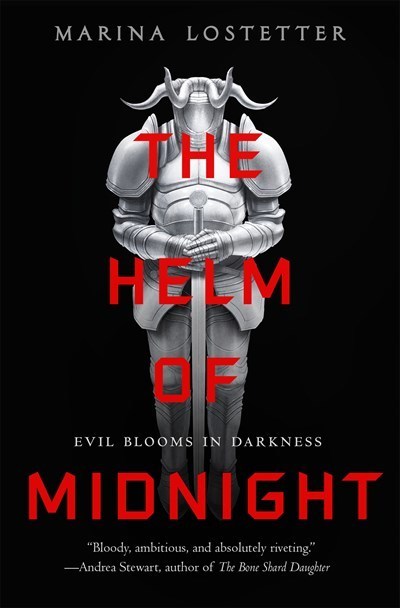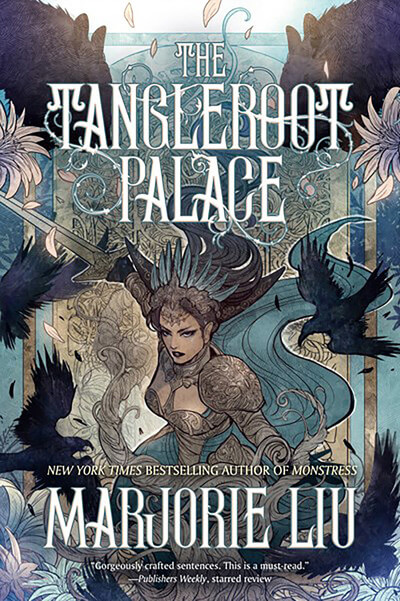In the thrilling second installment of Chloe Neill’s fantasy spin on the Napoleonic Wars, Captain Kit Brightling, a magically gifted naval officer in direct service to Queen Charlotte of the Isles, has been plagued by dreams. Dreams of rising water and nearing danger, yes, but also dreams of the charming and maddening viscount of Queenscliffe, Colonel Rian Grant. But questions of romance must wait as Kit is asked to find whatever information she can about the machinations of Gerard Rousseau, the exiled former emperor of Gallia.
However, Kit’s quest leads instead to the war criminal La Boucher in a small town on the coast of Gallia. The magic La Boucher wields in Rousseau’s name is deadly and immense, capable of costing hundreds their lives. There is no stopping the oncoming war, but stopping La Boucher can help Kit put the Isles on the right side of it. And to do that, she’ll need all the magic she can muster—as well as the help of a certain handsome nobleman.
If the first book in Neill’s Captain Kit Brightling series was a slowly rising tide, A Swift and Savage Tide is the flood. Gone is the fragile peace between the Isles and Gallia, replaced by a sense of inevitable conflict and kinetic explosions of all-out war on the high seas. Gone too is the slow-burn romance of the first book, abandoned in favor of an open acknowledgement of mutual desire between Kit and Grant. What remains, however, are the elements that have made the Kit Brightling series a success so far: a wicked sense of humor and the ability to turn tropes on their sides. In addition, Neill’s already-impeccable grasp of pacing has, if possible, improved. Like the waters upon which her captain sails, Neill’s prose ebbs and flows, pulling readers into the bone-crushing anxiety of a reconnaissance mission or a tender moment with Kit’s caring (if mildly insubordinate) crew before thrusting them headfirst into the throes of battle or the rising heat of Kit’s evolving relationship with Grant. A Swift and Savage Tide teases both mystery and adventure for the two in the road that lies ahead.
A Swift and Savage Tide is perhaps even better than A Bright and Breaking Sea, but it cannot be fully enjoyed without having read that first book in the series. New readers should be informed, therefore, that the two books are best enjoyed when read back to back, all while drinking a cup of heavily sugared tea alongside a pile of Kit’s favorite pistachio nougats. The lack of sleep (and cavities) are well worth the effort for such engrossing reads.

































